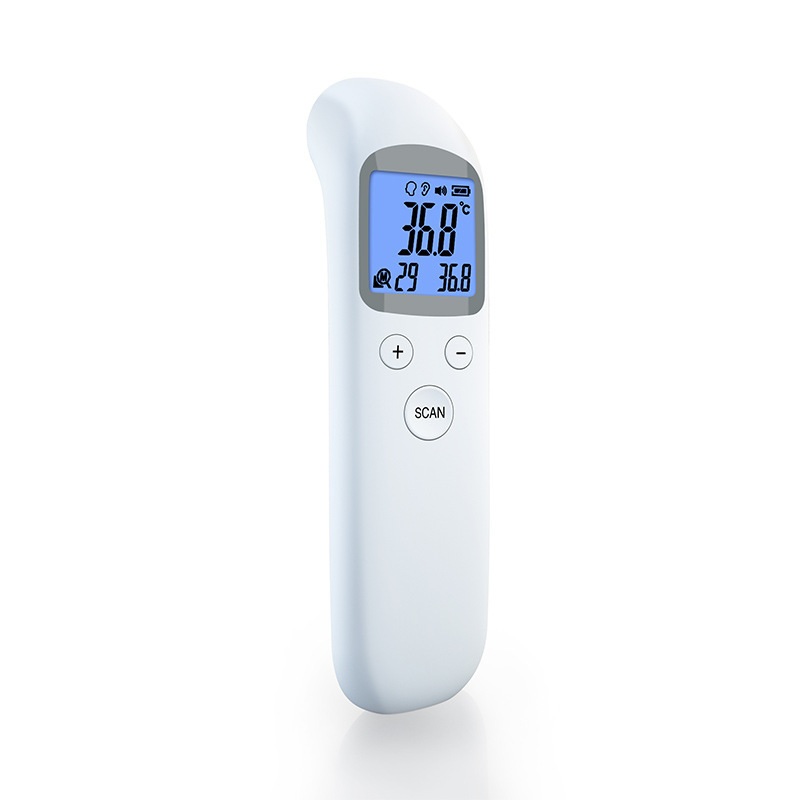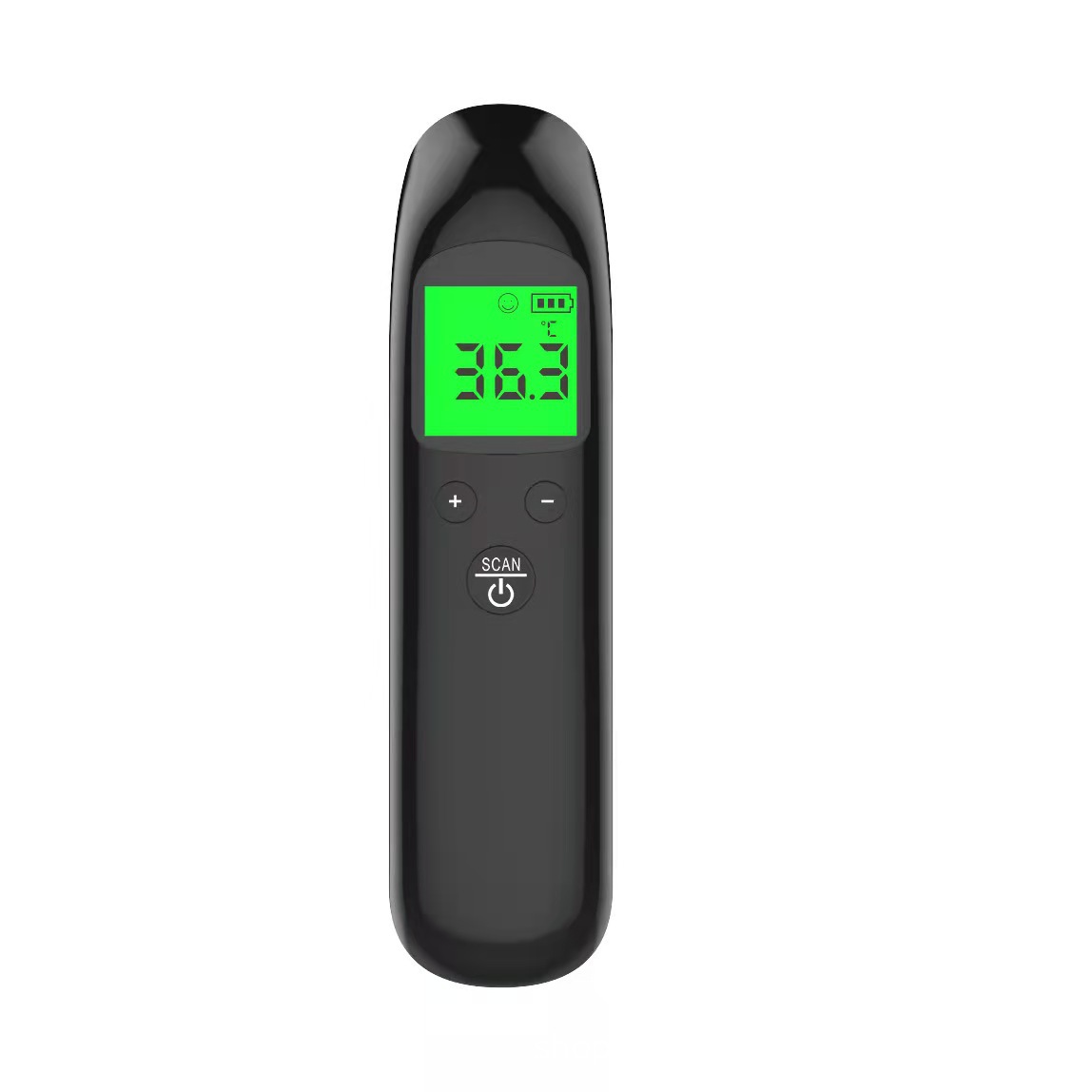Digital thermometers are known for their accuracy, which is a key reason for their widespread use in both medical settings and homes. They use electronic heat sensors to record body temperature and can provide readings within seconds. While no thermometer is 100% accurate, digital ones are generally reliable, with a small margin of error. For the most accurate results, it’s important to use them correctly, following the manufacturer’s instructions.
What is digital thermometers?
Digital thermometers are modern devices used for measuring body temperature. They are quick, accurate, and easy to use, making them a popular choice for both home and medical use. Unlike traditional mercury thermometers, digital ones display the temperature on a small screen, eliminating the guesswork. They can be used orally, rectally, or under the armpit, and give a reading within seconds. Most models also have convenient features like memory recall, which helps you track temperature changes over time. With their ease of use and precise readings, digital thermometers are essential tools for monitoring health, especially during illness.

How does a digital thermometer work?
Understanding how a digital thermometer works can be quite fascinating. Here’s a breakdown of its functioning:
Sensor Detects Temperature
At the heart of a digital thermometer is a temperature sensor. When you place the thermometer in your mouth, armpit, or rectum, the sensor detects the body’s heat. This sensor is usually a thermistor or a thermocouple, known for its precision in detecting temperature changes.
Conversion to Electrical Signal
The sensor then converts this heat into an electrical signal. The conversion process depends on the change in resistance (in thermistors) or the generation of a voltage (in thermocouples) due to temperature changes. This is where the magic happens – the physical change caused by heat turns into a measurable electrical change.
Microprocessor Calculation
This electrical signal is sent to a microprocessor in the thermometer. The microprocessor is like the brain of the device. It interprets the electrical signal, applying the necessary calculations to convert it into a temperature reading.
Displaying the Temperature
Once the microprocessor calculates the temperature, it displays the result on the digital screen in either Celsius or Fahrenheit. This process happens within seconds, making digital thermometers much faster than traditional mercury thermometers.
Additional Features
Many digital thermometers come with extra features. Some can store the last recorded temperature, which helps track temperature changes over time. Others might have a backlight for easy reading in the dark or produce a beep to signal that the reading is complete.
What are digital thermometers used for?
Digital thermometers serve various important purposes, making them indispensable in both healthcare settings and homes. Here’s a look at their diverse uses:
Monitoring Fevers
The most common use of digital thermometers is to monitor fevers. When someone feels unwell, checking their body temperature can help determine if they have a fever. This is crucial in deciding whether to seek medical attention or administer fever-reducing medications.
Tracking Illness Progression
During an illness, monitoring temperature changes can provide insights into the progression or regression of the condition. A steady decrease in temperature often indicates recovery, while a sudden spike might suggest a complication or secondary infection.
Use in Clinical Settings
In hospitals and clinics, digital thermometers are essential for routine check-ups and patient monitoring. Their accuracy and quick results are vital for making immediate clinical decisions, especially in emergency rooms or intensive care units.
Pediatric Care
For infants and children, digital thermometers are especially useful. Their non-invasive nature and quick reading time make it easier to check a child’s temperature without causing much discomfort or distress.
Home Health Care
For individuals managing chronic conditions at home, such as those with immune deficiencies or the elderly, regular temperature checks can be crucial. Digital thermometers provide an easy and accurate way for caregivers to monitor these patients.
Travel and First Aid Kits
Digital thermometers are compact and easy to carry, making them a useful addition to travel health kits and home first aid boxes. They are particularly helpful during travel when exposure to new environments and foods increases the risk of fevers and illnesses.
When to use a digital thermometer?
Here are some key times to use a digital thermometer:
Feeling Unwell: If you feel sick, particularly with symptoms like chills, sweating, or fatigue, it’s a good idea to check your temperature. A fever often indicates an infection or illness.
Monitoring Children’s Health: Children, especially young ones, may not always communicate how they feel. If they seem unusually fussy, lethargic or have a flushed appearance, it’s wise to check their temperature.
After Vaccinations: Some vaccinations can cause a mild fever as a side effect. It’s advisable to monitor your or your child’s temperature after receiving a vaccine.
During Flu Season: During flu and cold seasons, regular temperature checks can help detect early signs of illness, even if other symptoms haven’t appeared yet.
Managing Chronic Illness: For those with chronic health conditions, like immune system disorders, regular temperature checks can help monitor overall health and detect any changes early.
Types of digital thermometer
Digital thermometers come in various types, each designed for specific uses and preferences. Understanding these types can help you choose the right one for your needs:
Oral Thermometers
These are the most common types of digital thermometers. Designed for oral use, they are placed under the tongue to measure body temperature. They are suitable for adults and older children who can hold the thermometer in their mouth without biting it.
Ear (Tympanic) Thermometers
Ear thermometers measure the temperature inside the ear canal. They are fast and less invasive, making them ideal for children and adults alike. However, they must be positioned correctly to get an accurate reading, which can be tricky with young children or in patients with earwax build-up.
Forehead (Temporal Artery) Thermometers
These thermometers take the temporal artery temperature on the forehead using infrared technology. They are non-invasive and quick, ideal for screening in settings like schools or airports and for use with sleeping children or patients.
Non-contact Thermometers
Also using infrared technology, these thermometers can measure temperature from a distance without needing to touch the skin. This feature makes them hygienic and safe, reducing the risk of cross-infection, especially useful in pandemic situations or clinical settings.
Pacifier Thermometers
Designed for infants, these thermometers are built into a pacifier. While convenient for parents, their accuracy can be less reliable compared to other types. They require the baby to suck on the pacifier without moving for several minutes to get a reading.
Multi-use Digital Thermometers
These are versatile thermometers that can be used orally, rectally, or under the armpit. They come with flexible tips for comfort and are a practical choice for families.

How to use a digital thermometer?
Using a digital thermometer is a simple and quick process. Here’s a step-by-step process to help you get an accurate reading:
Step 1: Start by Cleaning
Before using the thermometer, clean its tip with rubbing alcohol or soapy water. After giving it a quick rinse in cool water, pat dry with a fresh towel. This step ensures hygiene and accuracy.
Step 2: Turn On the Thermometer
Press the power button on the thermometer. Most models will display a start-up sequence or beep to indicate they are ready to use.
Step 3: Choose the Right Method
Decide where to take the temperature: orally (in the mouth), rectally (in the rectum), or axillary (under the arm). Each method has its level of accuracy and suitability depending on the user’s age and health condition.
Step 4: Position the Thermometer Correctly
- For an oral reading, place the thermometer under the tongue and instruct the person to close their mouth around it.
- For a rectal reading, apply a small amount of lubricant on the tip and gently insert it into the rectum.
- For an axillary reading, place it under the arm and ensure the arm is held closely against the body.
Step 5: Wait for the Beep
Up until it beeps or shows that the reading is complete, leave the thermometer in its original position. This usually takes a few seconds.
Step 6: Read the Temperature
Once it beeps, remove the thermometer and read the temperature displayed on the screen. Digital thermometers provide a precise and easily readable number.
Step 7: Clean After Use
After using, clean the thermometer again with rubbing alcohol or soapy water, rinse and dry it. This is especially important if used for a rectal reading.
Step 8: Record the Temperature
If monitoring an illness, it might be helpful to write down the temperature and the time of day it was taken. This information can be useful for tracking the progress of the illness or for medical consultations.
Step 9: Turn Off and Store Safely
Finally, turn off the thermometer and store it in its case or a safe place for future use.
Remember, each type of digital thermometer might have specific instructions, so it’s always a good idea to read the manual that comes with your thermometer. By following these steps, you can ensure a safe and accurate temperature reading every time.
 プロの医療機器サプライヤー
プロの医療機器サプライヤー
